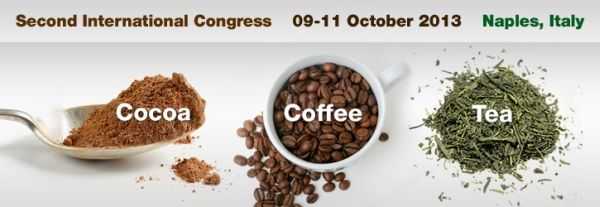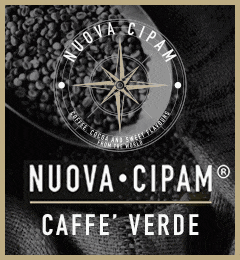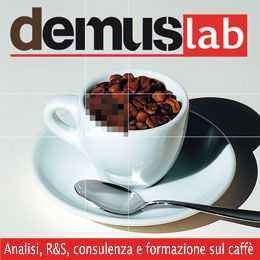Gloess A.N.,1, Schönbächler B.1, Lindinger C.2, Yeretzian C.1 1 Zurich University of Applied Science, Institute of Chemistry and Biological Chemistry, Wädenswil, Switzerland. 2 Industrial Automation (Suisse) Sarl, Le Mont sur Lausanne, Switzerland. E-mail: alexia.gloess@zhaw.ch
Specialty coffee roasters, selling their coffee in online shops, search for the ability to supply their customers with as many information as possible about their specialty coffees. Wildly popular nowadays is putting the sensory profiles of the respective coffees on the web page to help the consumers choosing the right coffee according to their preferences. Establishing these sensory profiles by charging an external sensory panel, however, may run into huge costs for, e.g., up to 50 different types of coffee and maybe a changing range of products with time. Maintaining the stability of a sensory panel over years is difficult, time and cost expensive. With the aim to circumvent these expenses, a prediction model for sensory profiles of coffee was established, based on instrumental methods like proton-transfer-reaction time-of-flight mass spectrometry (PTR-ToF-MS) and solid phase micro extraction gas chromatography coupled to mass spectrometry (GC/MS). The above the cup headspace (HS) of 40 different coffees was analysed by using PTR-ToF-MS and GC/MS in parallel. The respective sensory profiles were evaluated by an expert panel. Sensory evaluation comprised the taste attributes acidity and bitterness, the tactile impression body, the flavour attributes roasty, flowery/fruity, cereal, chocolate, herbal, and spicy. A predictive model was established, based on a stepwise process introduced in former publications [1,2], which was further developed and refined for this work. The predictive model was successfully validated on instrumental data of additional coffee samples. In conclusion, this model allowed predicting sensory profiles of coffee solely based on instrumental data with an error of less than 1/3 of the least significant differences evaluated by the sensory panel, as shown in Figure 1.
Figure 1: Validation of the predictive model of sensory profiles of coffee. Yellow: Predicted sensory profile, brown: sensory profile established by expert panel.
References
[1] Lindinger, C. et al. When Machine Tastes Coffee: Instrumental Approach To Predict the Sensory Profile of Espresso Coffee. Anal.Chem. 2008, 80, 1574-1581
[2] Lindinger, C. et al. When Machine Tastes Coffee: Successful Prediction of Coffee Sensory Profiles by Instrumental Methods Based on On-line PTR-MS. CHIMIA 2009, 63(5), 292

















